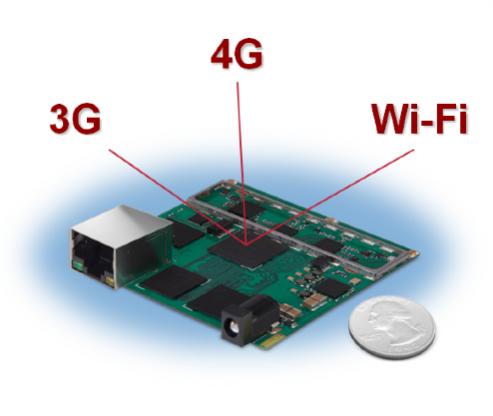I went to some of the JEDEC mobile conference a couple of weeks ago. The opening keynote was by Richard Wietfeld of Qualcomm called The Need for Speed.
He emphasized that smartphones are really setting the pace these days in all things mobile and internet. Over 1/3 of access is on smartphones now. Over 4/5 of searches on smartphones are spontaneous, half of smartphone users use them while watching TV (and I’ve seen numbers elsewhere that 10% use them during sex). Smartphones have to be always-on, always-up-to-date and power-efficient. It’s a tall order.
Meanwhile the mobile ecosystem is preparing for 1000X increase in traffic. It doubled in just the last 12 months so if keeps that up for 10 years we’re there. One way this will happen is using picocells, which are basically the size of a cell-phone with either hard-wired or wireless backhaul. They need to be pretty much self-configuring. These will be deployed on the scale of individual rooms, cafes, stores etc.
One of the big challenges in smartphones is memory bandwidth. As an example, as the number of pixels on a cameraphone increase, the memory bandwidth needed to process video and still photographs goes up. But there are limits on how much of that bandwidth can be used and for how long. In a very real sense there is a tradeoff between DRAM bandwidth and power consumption.
There are 3 limitations:
- limited battery life
- temperature of the “skin” of the phone gets too hot to touch (you can’t hold it)
- temperature of the chips gets too high leading to reboot or total failure
Simulating the DRAM bandwidth with a model of the case leads to the conclusion that you can only run at 10GB/s for 10 minutes or at 50GB/s for just 2 minutes before the thermal limit is reached. It is not just battery life that is creating a huge challenge on the power front.
So future memory needs are in the 10s of GB/s, power consumption needs to be low for battery and thermal reasons, packaging needs to get multiple die (or perhaps one day memory on logic 3D), the radios in the phone and the memory need not to interfere with each other…and, of course, it all needs to be really cheap. Quite a challenge.
Richard’s full presentation is here (may need to be registered with JEDEC).
Share this post via:






Jensen Huang Drops Donald Trump Truth Bomb on Joe Rogan Podcast